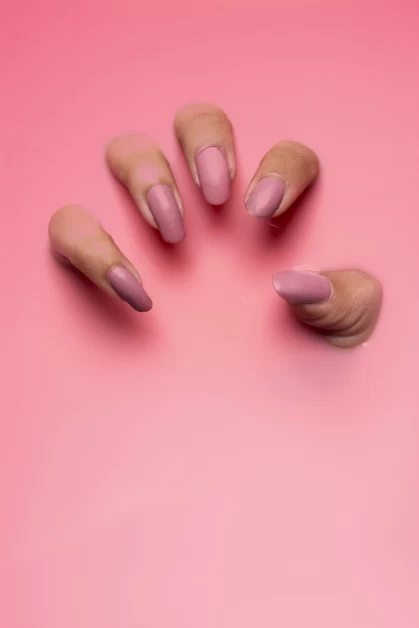Table of Contents
Manuka honey is renowned for its superior health benefits, both topically and internally. It has been used for centuries as a natural remedy for various ailments. However, it is important to be aware that not all honey on the market is real honey. In fact, tests have revealed that 50 percent to 70 percent of all U.S. honey is fake or adulterated. Honey is the third most-faked food in the world, according to a comprehensive review of fake foods published in the Journal of Food Science.
The Problem of Fake Honey
Honey can be faked and adulterated in various ways. Common strategies include diluting the honey with sugars or syrups, or feeding corn syrup to the bees instead of allowing them to forage for pollen. Inexpensive, low-grade honey can also be filtered and then dusted with high-grade pollen from another location to obscure its origin. Additionally, honey labeled as “local” is often sourced from overseas.
The issue of fake honey goes beyond just the loss of therapeutic benefits. Fake honey can be highly inflammatory and detrimental to health. Consuming fake honey made from refined sugar or high fructose corn syrup can have the opposite effect on our health. It is crucial to know how to differentiate between real and fake honey.
How to Identify Real Honey
To ensure the authenticity of honey, it is recommended to buy honey from a local beekeeper. Local beekeepers can typically be found at farmers’ markets. When selecting honey, use your senses. Real honey will have floral notes and a distinct taste. Adulterated honey may lack these characteristics and have a lingering aftertaste or taste too sugary.
Real honey also has a unique texture. It is not excessively sticky but rather has a balm-like or creamy consistency when rubbed between your fingers. If the honey is excessively sticky, it may indicate the addition of refined sugars or syrups.
Beware of Fake Manuka Honey
Manuka honey, in particular, is highly sought after for its medicinal properties. However, it is important to be cautious as fake Manuka honey is prevalent in the market. Only one in seven products tested during a 2014 investigation turned out to be authentic Manuka honey, accounting for less than 15 percent.
Authentic Manuka honey contains dihydroxyacetone, a precursor to methylglyoxal (MGO), an antimicrobial compound not found in most other honey. The presence of MGO is responsible for many of Manuka honey’s health benefits, including its ability to combat complex antibiotic-resistant infections.
Consuming fake Manuka honey not only means missing out on its health benefits but also potentially worsening the problem. Highly processed sugar from high fructose corn syrup, which is often used as an adulterant, can feed bacteria that authentic Manuka honey would suppress. Additionally, fake Manuka honey can be expensive, leading to a waste of money.
The Fraud Behind Honey Certification
The issue of fake honey is further complicated by honey certification groups that are supposed to guarantee the quality and source of honey. One such group, True Source Honey, has been accused of being involved in a “honey laundering” scheme. True Source Honey is one of the largest honey certification groups, founded by the very businesses it certifies.
According to a class action complaint filed in 2021, True Source Honey is used by these businesses to fraudulently control the market, sell fake honey at lower prices than honest beekeepers, and divert sales, revenue, and profits to themselves. The complaint alleges that True Source Honey purposely fails to monitor its members for compliance with its own certification program and allows the proliferation of cheap and adulterated honey.
How Honey Is Faked
Honey can be faked and adulterated in various ways. Some common methods include diluting the honey with different sugars or syrups made from rice, beet, or high fructose corn syrup. Heating honey to high temperatures is another method used to manipulate it while still being sold as “raw.” Extracting honey early, when it is still a nectar product and not yet finished honey, and machine drying it is another way to produce inferior honey.
Unscrupulous honey producers may feed high fructose corn syrup to bees instead of allowing them to forage for pollen. Honey can also be labeled as “local” when it actually comes from overseas, misleading consumers who are seeking locally sourced honey. Filtering honey through aliphatic resin is a common method used on low-grade unpalatable honey to remove contaminants and undesirable flavors, but it also eliminates the beneficial enzymes and compounds responsible for honey’s health benefits.
Ensuring the Authenticity of Honey
With the prevalence of fake honey, it can be challenging to ensure you are getting real, unadulterated honey. One way to be certain is to test the chemical composition of the honey. Sweetwater Science Labs specializes in honey testing and can provide accurate results. However, for most people, this may not be a practical option.
The most practical approach is to buy honey from local beekeepers. These beekeepers can be found at farmers’ markets and are more likely to provide authentic honey. Using your senses to evaluate the honey’s taste, texture, and aroma can also help in identifying real honey. Real honey will have floral notes, a distinct taste, and a balm-like consistency.
In conclusion, the prevalence of fake honey is a significant concern. It is important to be vigilant when purchasing honey and to support local beekeepers who provide authentic honey. By using your senses and being aware of the various methods used to fake honey, you can ensure that you are getting real honey and reaping its health benefits.



